Conversion Rate Optimization: What Every Blogger MUST Know in 2024

Are you on the hunt for ways to improve your conversion rates and take your blogging game to the next level?
I’ve been right there with you, trying to figure out how to make sure our visitors take those desired actions, like making a purchase, subscribing to our email lists, or diving into another blog post.
That’s why I’ve put together this comprehensive guide specifically for bloggers like us.
In this article, we’ll explore the ins and outs of conversion rate optimization (CRO), including:
- How to calculate conversion rates
- The difference between CRO and conversion optimization
- The benefits it brings to our SEO efforts
- Actionable steps to increase conversion rates, and
- How Bramework can play a key role in optimizing our blogs

Let’s talk conversions.
What is Conversion Rate Optimization?
Before we dive into the details, let’s start by defining conversion rate optimization (CRO).
As bloggers, CRO is all about increasing the percentage of our website visitors who take a specific action that we want them to take.
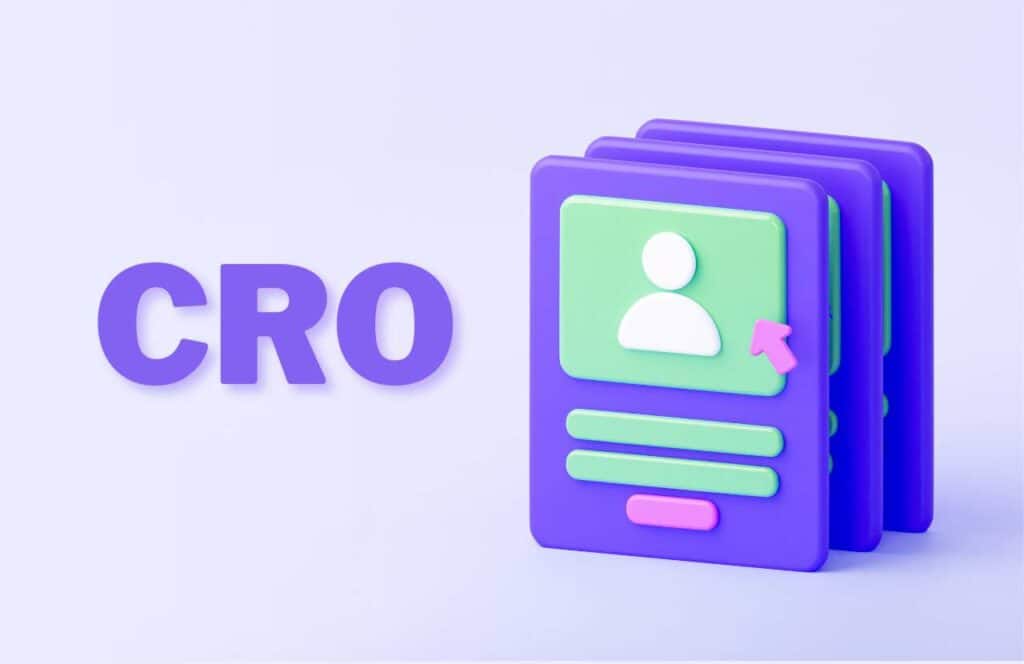
Whether it’s filling out a form, making a purchase, or any other desired action, CRO is about making sure our blog visitors have the best experience possible that leads to those conversions.
Conversion
Conversion refers to the act of persuading someone to take a specific action on your website.

This could include actions such as visiting a landing page, clicking a button, filling out a form, or adding a product to a cart.
Rate
The conversion rate is the percentage of people who took the desired action out of the total number of people who had the opportunity to take that action but did not.
Optimization
Optimization involves improving upon the data and understanding how users navigate through our site, the choices they make, and the barriers that prevent them from taking action.

This means you may need some tools for the job!
Here’s the thing: If we don’t invest in understanding conversion rate optimization, we could be leaving opportunities on the table and miss out on meeting the needs of our blog readers.
By following this conversion rate optimization strategy, it will help you analyze and improve the visitor experience on your website. #CRO Share on XWhy Should Conversion Rate Optimization Matter to Bloggers?
Let’s talk about why conversion rate optimization for your blog is crucial.
By optimizing our conversion rates, we maximize the return on investment (ROI) from our content.

When more readers take valuable actions like joining our email lists, sharing our content, or making purchases, our blog grows, and our revenue increases.
So, focusing on CRO is a no-brainer for us.
One of the fun parts of CRO is measuring how, where, and when people only take action.
How Do You Calculate a Conversion Rate?
Now, let’s get down to the nitty-gritty — calculating conversion rates. It’s actually pretty simple!

You take the number of times a visitor completes a desired action and divide it by your total website traffic.
The formula varies depending on your type of website.

For one-time purchases, you divide the conversions by the number of times the visitor came to your site. For subscription-based websites, it’s the conversions divided by the number of visitors.
Tracking and measuring conversions is essential to assess the effectiveness of our CRO efforts.
Conversion Rate Optimization Vs. Conversion Optimization
You may have heard these two terms before, but what’s the difference?

Conversion optimization focuses on increasing the overall number of conversions, while conversion rate optimization narrows its scope to specific actions that are crucial to our blog’s success.
While conversion optimization looks at the big picture of our website’s effectiveness, CRO dives deep into improving those targeted conversion rates.
Conversion rate optimization also implies that you’ll only optimize the submission rates of existing content assets, but conversion optimization looks at how to improve your website’s performance.
Now, let’s talk about how conversion optimization affects your SEO.
How Conversion Rate Optimization Benefits SEO
You might be wondering how CRO and SEO go hand in hand.
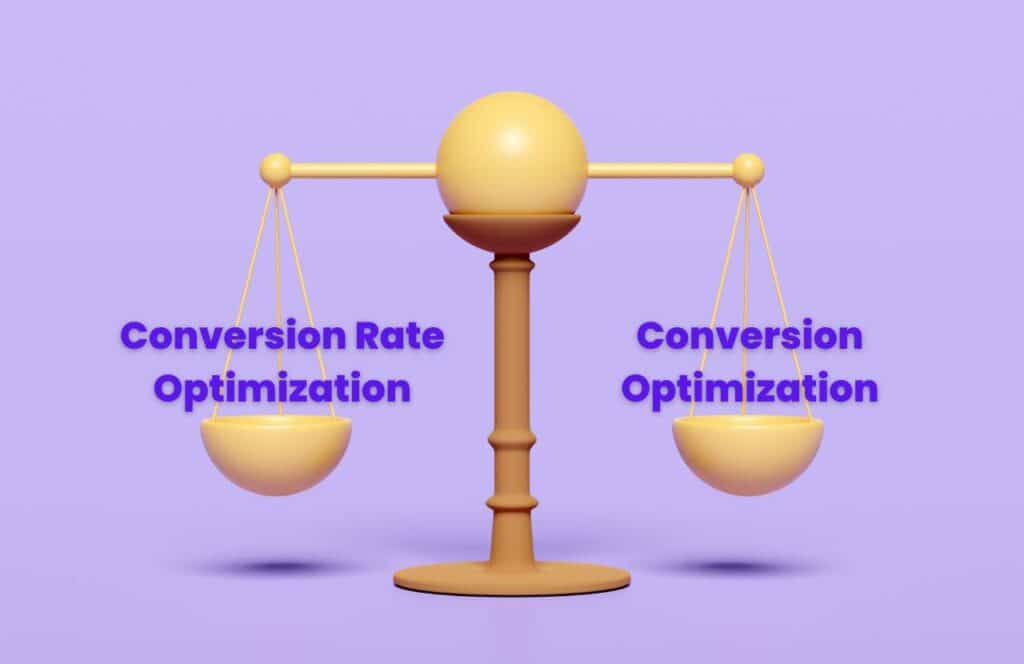
While CRO doesn’t directly impact organic website traffic or search engine rankings, it does offer several benefits to our SEO efforts:
- Higher ROI: By maximizing the conversion potential of our existing acquisition efforts, we can increase conversions without needing to attract more potential customers. This means a higher return on our marketing efforts.
- Better Visitor Engagement: When visitors feel encouraged to take action on our site, they engage more with our content and become potential advocates for our blog brand. Search engines take note of this increased engagement, signaling that our website provides value to users.
- Understanding Customer Insights: Tracking our visitors’ decisions and actions gives us valuable insights into their preferences and behavior. Armed with this understanding, we can make data-driven decisions to fuel future growth and content strategy.
- Scalability and Growth: Improved conversion rates mean increased revenue, enabling us to invest more in our blog’s growth and scale our operations.
- Trust and Loyalty: When visitors click or make purchases on our website, it builds trust and signals to search engines that our site is reputable and secure. This positive impact on our search engine rankings is invaluable.
8 Steps to Increase Conversion Rates
Now, let’s get to the core of it all! How can we increase our conversion rates and optimize our blogs for success?

Keep reading for eight actionable steps to guide you.
1. Compare Your Blog Against Competitors
Take a close look at what your competitors are doing.
Doing a little competitive analysis is a great way to learn how other bloggers in your niche engage their visitors, set up their blogs, and deliver a great user experience.

Do you see how they are engaging their visitors or setting up their blog? Take notes on what you feel works and what you feel does not.
Learn from their successes and failures to improve your own blog.
2. Create a Clean and Clear Website
Weed out any spam or unnecessary page elements from your website. Aim for a clean, optimized, and user-friendly design.
Make sure you are not confusing your visitor with complicated buzzwords. Instead, use power words.

Remember, within the first 30 seconds of visiting your site, your message should be clear to your visitors.
3. Implement a Blog and Leverage Content Optimization
Integrate a blog into your website to convert more visitors into active readers.
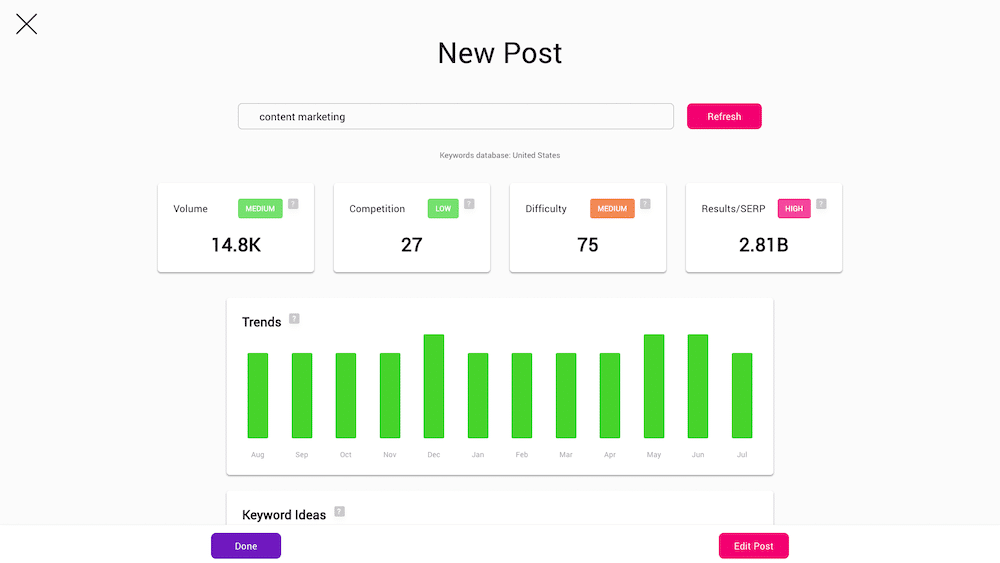
Starting a blog can be a game-changer for boosting your website’s conversion rate.
Here are 6 quick steps to start your own blog — and optimize it:
- Add a landing page to your website, specifically the “Posts” page.
- Choose a blog name that aligns with your brand.
- Conduct keyword research and optimize your blog content accordingly.
- Customize your blog to reflect your branding and include relevant calls to action (CTAs).
- Write and publish high-quality blog posts.
- Share your blog on social media and various platforms.
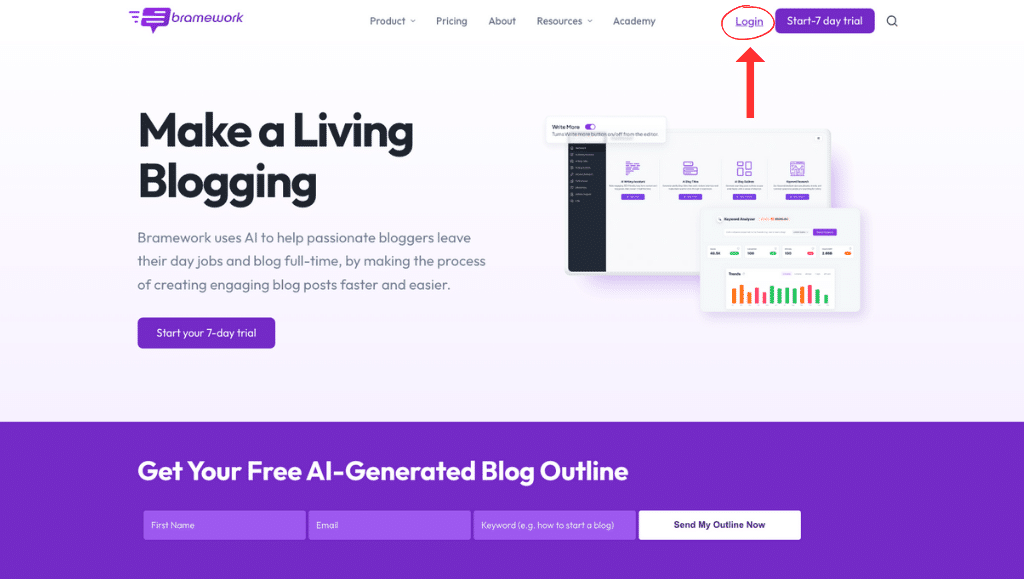
Consider using Bramework’s Blog Builder, which offers content suggestions, keyword analysis, and image assistance, to streamline and optimize your blogging process — among many other things!
Need some additional techniques for an effective content strategy? Check out the following blog post:
4. Optimize Your Metadata
Metadata data that provides information about your website.
Essentially, it summarizes basic information about your site and can be created manually to be more accurate for SERPs.
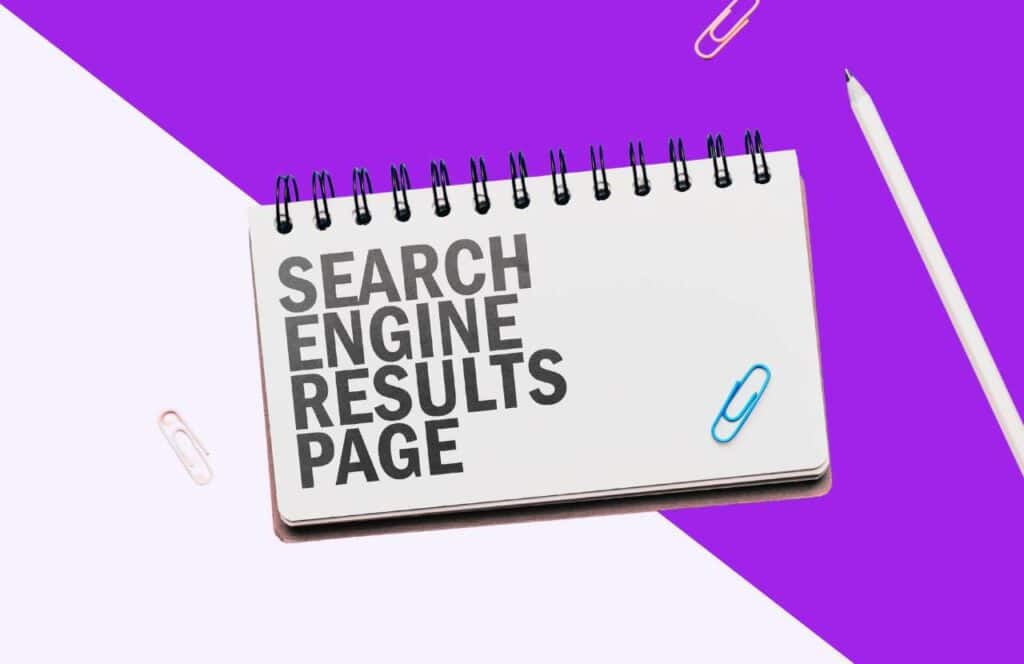
Meta tags are the equivalent of your website’s title tags. With the meta tags, your website is able to set its value. Meta tags include keywords, HTML, meta description, and more.
Make the page unique by using one main keyword that describes your business.
Add the primary keyword to your:
- Landing page title, preferably at the beginning
- Meta description, such as social cards, categories, and tags
- Blog titles and headings, which we know as H1s, H2s, H3s
- Content, which includes anchor text links and 5 -10 areas of the blog
- Images, such as the image title, alt text, and description

Using good keywords is important to generate more organic traffic.
For example, keywords such as “home insurance” and “renters insurance” may be related to a similar topic.
However, if keywords are being used with different alt tags or search terms, the keyword will be lost and your website will not rank high in search engine result pages.
5. Optimize Your Home Page
What makes a person convert from a casual visitor to a returning visitor is the title or the home page of the website.
Why is this so?

Because your blog’s homepage sets the tone and value proposition for your entire website.
Ask yourself these questions: What is your website about? How can you educate your audience?
And here are your goals to optimize your website:
- Engage your visitors
- Set measurable goals, and
- Incorporate clear calls to action (CTAs)
Keep your eye on white space and don’t overcomplicate your website. Too much information leads to analysis paralysis.

And always, always have your keywords on your homepage.
Let’s talk about keywords next!
6. Use a Well-Researched Set of Keywords
Choosing the right keywords is essential for attracting the right audience and boosting conversions.

If you use popular keyword strings, your website will rank higher in the search engine result pages (SERPS).
Therefore, be creative and try using unique combinations of your keyword in headlines on your website.
Conduct thorough keyword research and use unique combinations of keywords in your headlines and content.
Tools like Bramework’s keyword analyzer can supercharge your keyword strategy.
Keyword research targets more appropriate audiences and gets the right people on your blog.
7. Create Compelling CTAs Within Blog Posts
Place branded text-based calls to action throughout your blog content to prompt readers to take action.
Interrupt your content with colored invitations or messages to the reader.
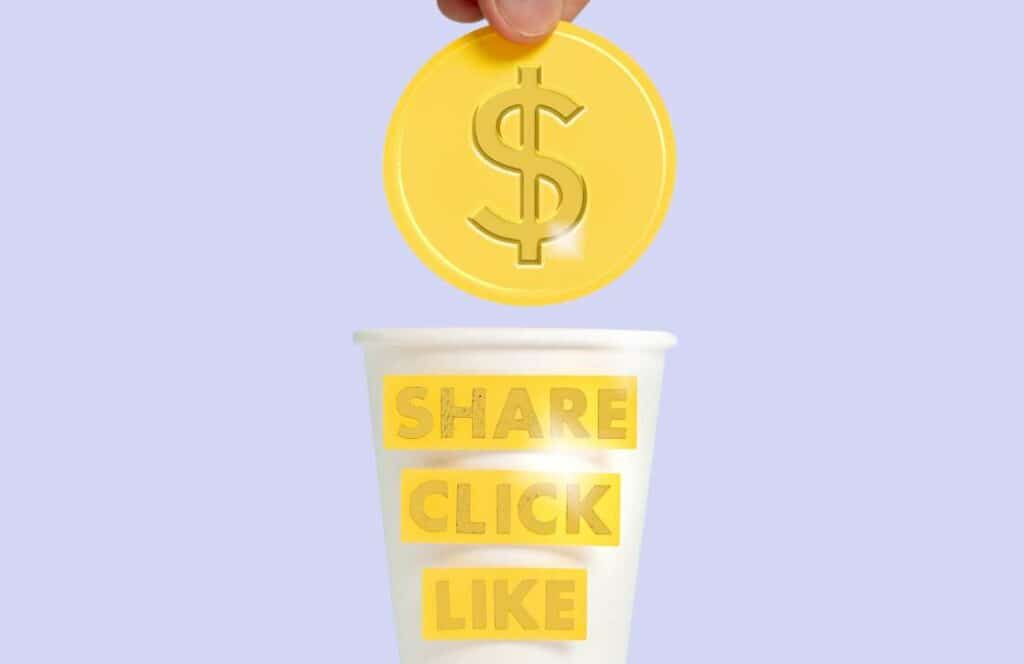
Your goal is to increase the number of calls to action on your blog.
Most bloggers that find their conversion rates suffering notice that only some of their posts even have a CTA to begin with.
Go bold! Your visitors aren’t going to go out of their way to convert, you’ll want to make it easy for them.
Start by including a strong CTA at the end of each of your blogs or in the body of your content.
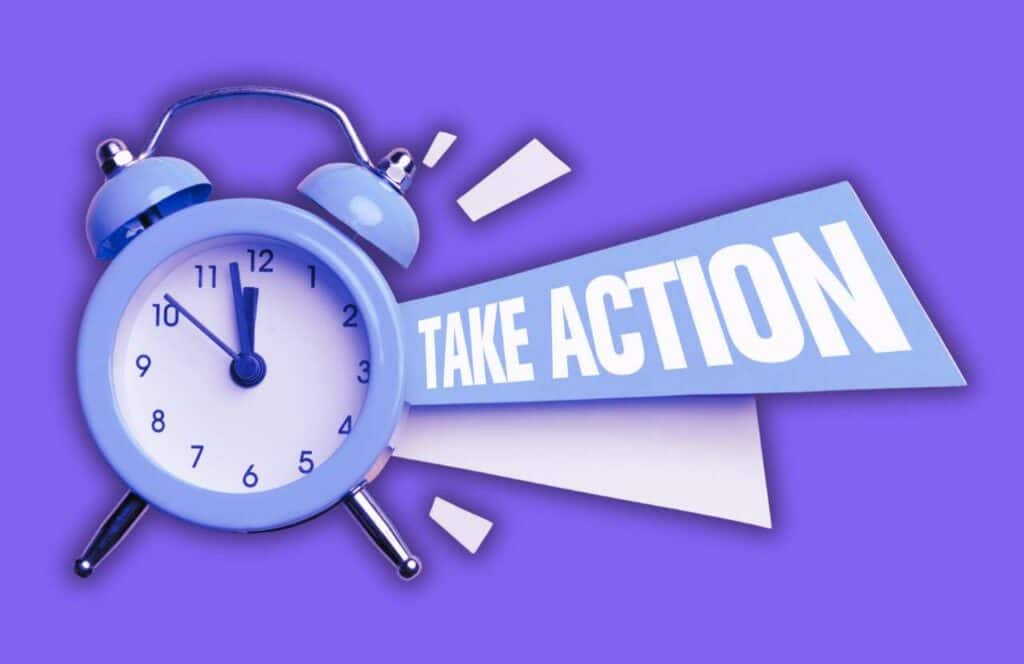
Then, consider offering additional CTAs on your blog, such as at the end of each post or through subtle pop-ups or banner ads.
Make the conversion process as seamless as possible for your visitors.
8. A/B test your conversions
On a final note, conversion rate optimization for your blog is not the only technique to improve your website’s conversion rate.
You should use SEO and A/B testing techniques to improve the website ranking, particularly for important and high-value keywords.

The most effective way to A/B test your marketing is to create small experiments.
You want to be able to quickly gather valuable data so you can draw conclusions. The faster you learn what works, where it works, and when it works, the faster you can build your business.

The scientific method is your ally in this testing process:
- Start with the data
- Ask questions
- Construct a hypothesis
- Test with an experiment
- Confirm the test/procedure worked
- Analyze the data and draw conclusions
- Present results and determine the next steps
Bramework Wrap-Up: Conversion Rate Optimization
Conversion rate optimization is a core part of any good content marketing strategy.
It’s important to understand that website conversions don’t happen by themselves — they are cultivated, monitored, and evaluated.

If you aren’t improving your conversion rate optimization for blog posts, you may be losing out on big wins in the future.
Your blog is a great place to start with conversion optimization! That’s where we shine the most.

We offer a range of powerful tools and features designed to support your conversion optimization efforts.
From the Keyword Analyzer that helps you uncover valuable keywords and find out where your conversions matter most, Bramework gives you the edge in blogging faster, better, and smarter.

How are you increasing conversion rate optimization for your blog? We’d love to hear from you, drop us a line if you have any questions or comments.
Happy converting!
Image credit: unsplash.com, bramework.com
(Original Article Date: May 18, 2022/Updated by Editor on October 30, 2023)




